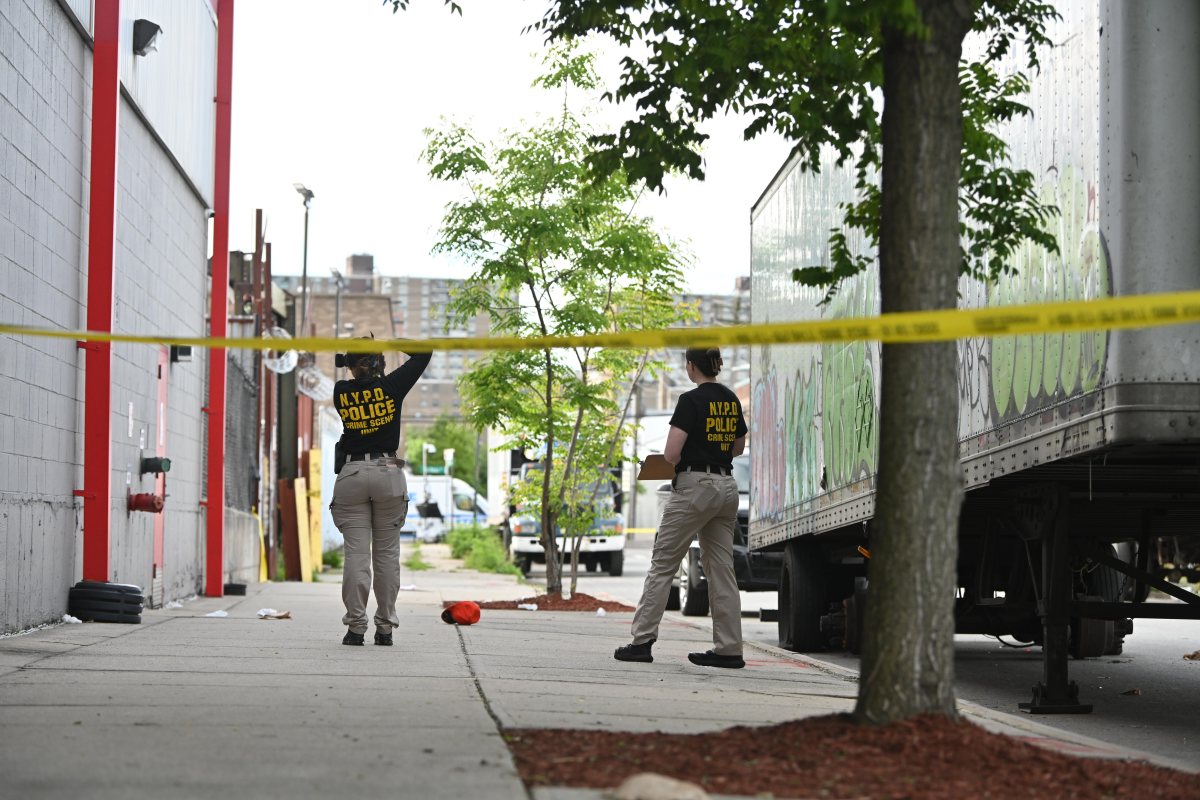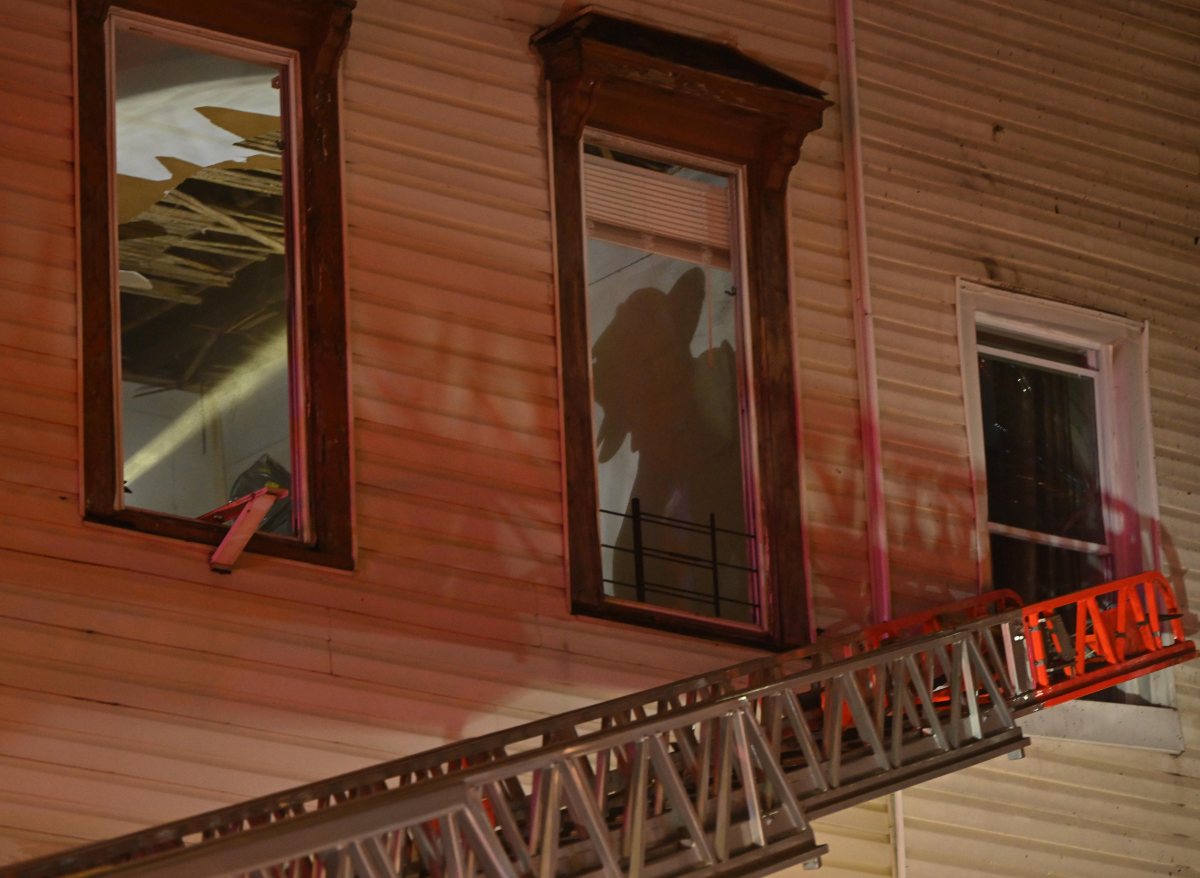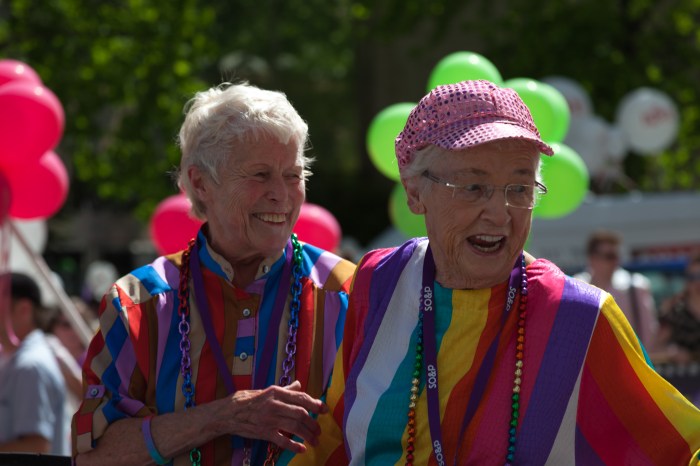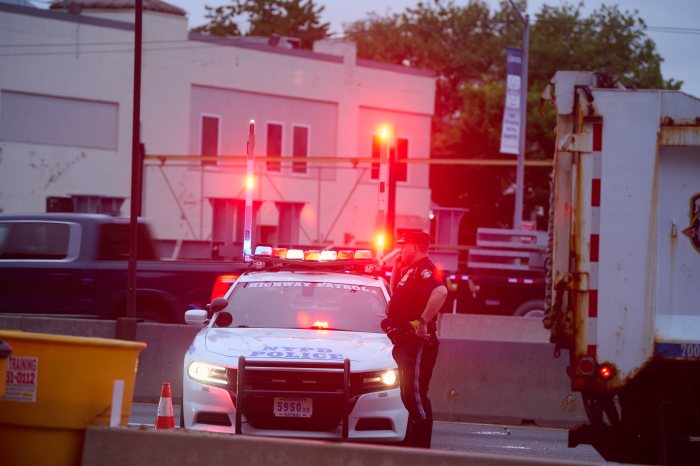Building projects are picking up pace in Carroll Gardens as city officials consider a preservation-minded change in zoning that would limit the size of new buildings.
If passed, it would force developers to change their plans to fit with new low-rise regulations — potentially costing them hundreds of thousands of dollars in condo sales and architectural fees.
“Look at the number of buildings under construction, it’s a race against the clock for them,” said Maria Pagano, president of the Carroll Gardens Neighborhood Association and an advocate of the rezoning, which would limit building heights to 50 feet, or five-stories, across a broad stretch of the Brownstone neighborhood.
It will take at least another eight months for the proposed change to become law. Buildings that have foundations dug before the change is made will be grandfathered in under the current rules, which allow buildings to rise 70 feet.
A worker on the site of a residential development at 100 Luquer St. said that the project — which would be illegal under the proposed zoning — was running at top speed.
“We are going to be working full days from now on,” he said.
The tower, designed by post-modern starchitect Karl Fischer, will rise between Clinton and Henry streets near the BQE.
A half a block away on the corner of Luquer and Henry streets overlooking the highway, construction has begun on a 60-foot residential building. That building would be also be illegal under the rezoning. The building is now in excavation stages.
On the other side of the neighborhood, builders are putting finishing touches on a blocky 55-foot condo at 342 Bond St. near the Carroll Street bridge. Building plans for a controversial 70-foot condo building at 360 Smith St. have already been approved and engineers were on the site this week doing preliminary work.
The Department of City Planning declined to give any details on a timeline for a Carroll Gardens rezoning. A spokeswoman said that officials “recognize the need to study Carroll Gardens and work with community and elected officials to address the zoning.”
Carroll Gardens is not the only neighborhood that has approached the city with a rezoning proposal, creating a demand for planning services that Pagano and others worry will slow the tortoise-like process even more.














